A. What is the earliest a baby can sit?

Sitting is a major milestone in a baby’s development, and the earliest a baby can sit usually varies between 6 to 8 months of age. This is when most babies have developed the muscle strength and coordination required to support their upper bodies and balance while sitting. However, every baby develops at their own pace, and some may sit earlier or later than others.
It’s important to note that sitting independently is just one of many developmental milestones that babies go through, and it’s not a cause for concern if your baby doesn’t sit up as early as others. With time and practice, your baby will develop the skills and confidence needed to sit and explore the world around them.
1. When Can Baby Sit Up?
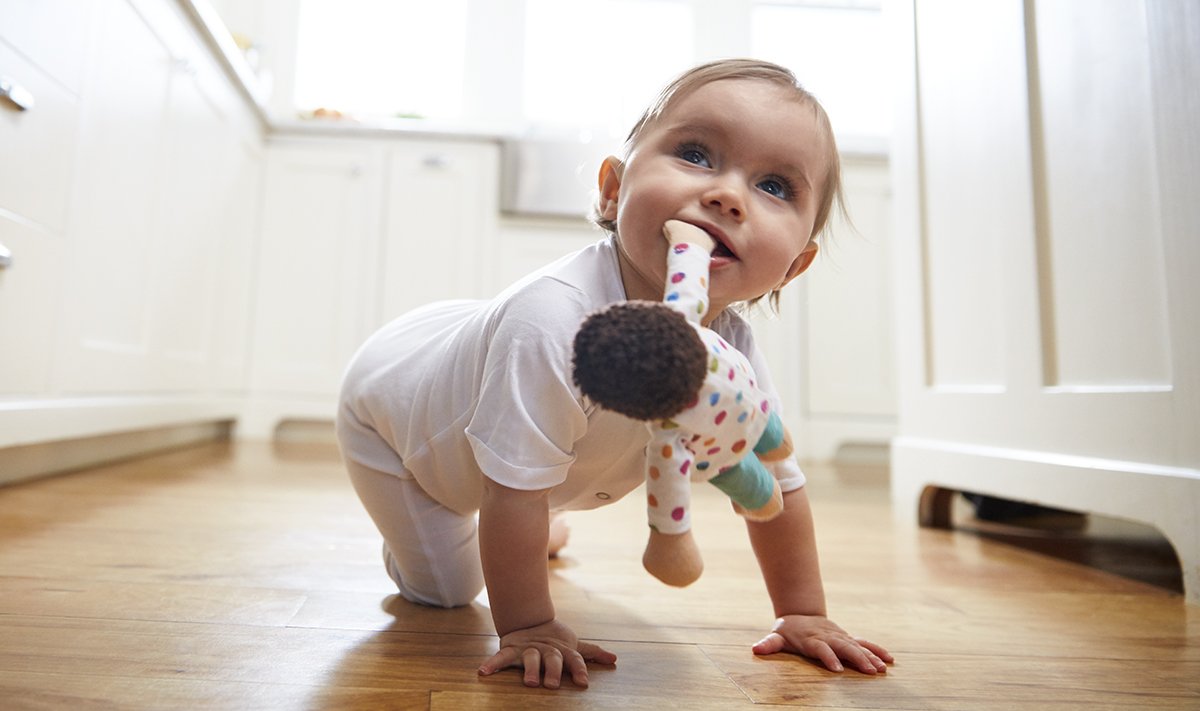
Most babies are able to sit up independently between 6 to 8 months of age, as they have developed the muscle strength and coordination required to support their upper bodies and balance while sitting. However, every baby develops at their own pace and some may sit up earlier or later than others.
It’s important to remember that sitting is just one of many developmental milestones that babies go through, and it’s not a cause for concern if your baby doesn’t sit up as early as others. With time and practice, your baby will develop the skills and confidence needed to sit and explore the world around them.
2. Signs Your Baby Is Ready To Sit Up
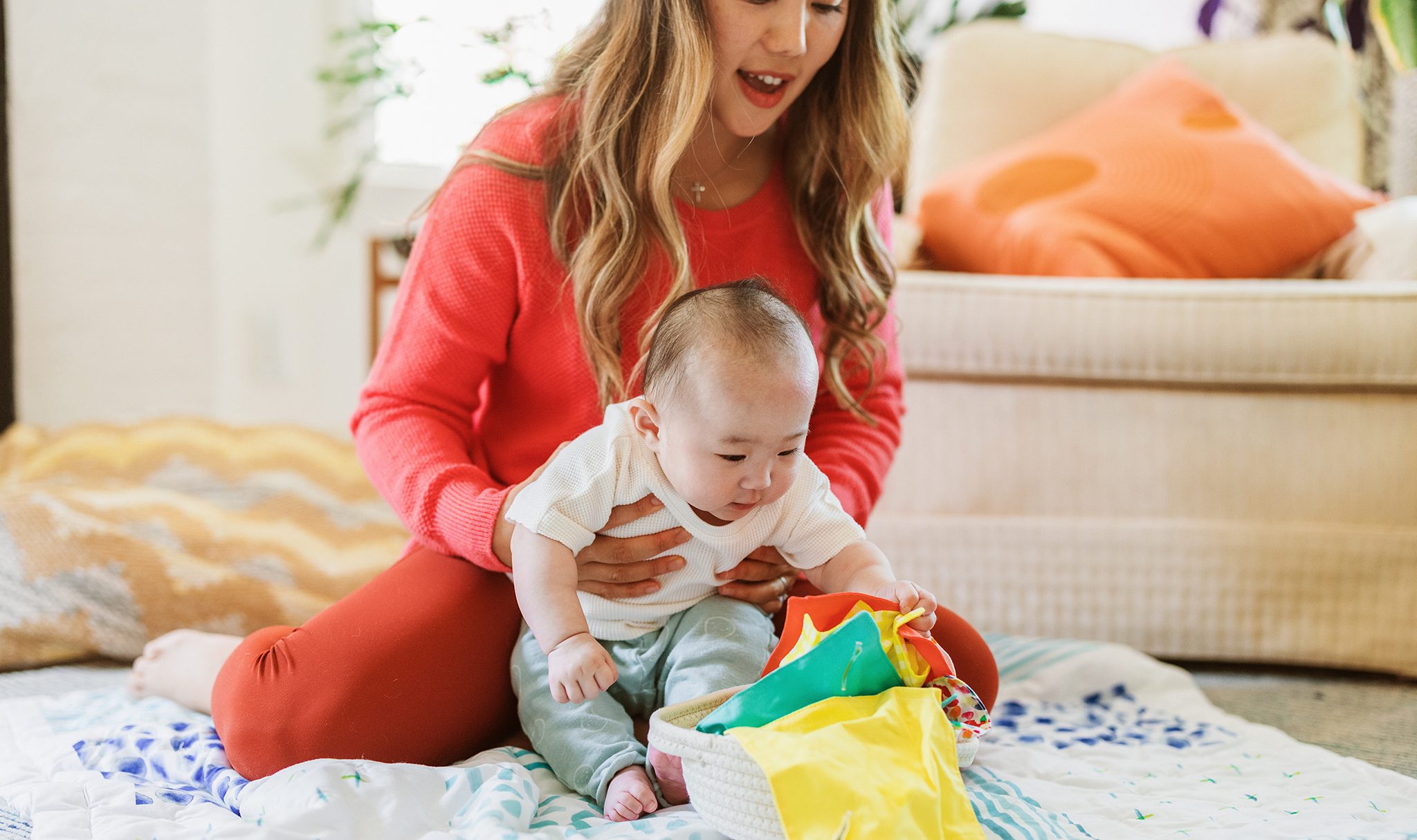
There are several signs that a baby is ready to sit up, including:
- Strong head and neck control: Your baby should be able to hold their head up and look around with ease.
- Good trunk control: Your baby should be able to sit up with a straight back, rather than slumping forward or to the side.
- Strong back and abdominal muscles: Your baby should be able to sit upright without any support, and should be able to maintain their balance for short periods of time.
- Interest in sitting: Your baby may show a desire to sit up by reaching for toys or trying to sit up when placed on their tummy.
- Ability to bear weight on their legs: Your baby should be able to bear weight on their legs when standing, or when supported in a sitting position.
If your baby is showing these signs, it’s a good time to begin introducing them to sitting with support. You can help them by placing them in a supported seated position using a baby bouncer, a high chair, or a supportive toy. Just be sure to always supervise your baby and never leave them unassisted when they are sitting.
3. The Two Stages Of Sitting Up

Sitting up is a complex skill that babies develop in two stages:
- Propped sitting: In this stage, babies are able to sit up with support from a pillow, boppy, or other soft surface. This stage usually starts around 6 months of age and helps to build the strength and coordination needed for independent sitting.
- Independent sitting: In this stage, babies are able to sit up without any support, and can maintain their balance for longer periods of time. This stage usually starts around 8 to 10 months of age, and as babies continue to develop their trunk and leg muscles, they will be able to sit for longer periods and with more stability.
It’s important to note that every baby develops at their own pace, and these stages may vary. Some babies may skip propped sitting altogether and move straight to independent sitting, while others may take longer to develop these skills. The most important thing is to encourage your baby’s development in a safe and supportive environment.
4. When Can Baby Sit Up: 10 Ways To Help

Here are 10 ways to help your baby sit up:
- Tummy time: Placing your baby on their stomach to play can help strengthen their neck, back, and abdominal muscles.
- Sitting with support: Place your baby in a seated position using a baby bouncer, a high chair, or a supportive toy.
- Encourage reaching: Give your baby toys to reach for, which will help develop their arm and trunk strength.
- Play with them: Engage in interactive play with your baby, such as rolling a ball back and forth or playing peek-a-boo.
- Hold and cuddle: Holding and cuddling your baby can help strengthen their neck and back muscles.
- Massage: Gently massaging your baby’s back and legs can help stimulate their muscles and promote development.
- Sing and dance: Holding your baby in a seated position while singing and dancing can help build their strength and coordination.
- Exercise: Introducing your baby to simple exercises, such as gentle bounces or swings, can help strengthen their muscles.
- Read books: Reading to your baby while sitting them up in a supportive position can help build their strength and balance.
- Be patient: Remember that every baby develops at their own pace, so be patient and continue to encourage your baby’s development in a safe and supportive environment.
It’s important to always supervise your baby and never leave them unassisted when they are sitting. If you have concerns about your baby’s development, consult your pediatrician.
5. Staying Safe When Sitting Up

Here are some tips to keep your baby safe when they start sitting up:
- Always supervise your baby: Never leave your baby unassisted when they are sitting, as they may fall or tip over.
- Use a supportive seat: Use a baby bouncer, a high chair, or a supportive toy that is designed for your baby’s age and weight.
- Check for stability: Make sure the seat your baby is in is sturdy and won’t tip over easily.
- Avoid soft surfaces: Soft surfaces like pillows or cushions can cause your baby to slump over and may not provide enough support.
- Watch for signs of fatigue: If your baby starts to slump or lose their balance, it’s a sign that they may be tired and need a break.
- Avoid over-exertion: Sitting up is a big accomplishment for babies, but it can also be tiring. Avoid over-exerting your baby by giving them regular breaks and allowing them to rest when needed.
- Watch for choking hazards: When your baby starts to sit up, they may be able to reach things they couldn’t before, like small toys or food. Keep choking hazards out of reach.
- Avoid sitting on high surfaces: Don’t place your baby on a countertop or other high surface, as they may fall and get hurt.
Remember that every baby develops at their own pace, and what works for one baby may not work for another. If you have concerns about your baby’s development, consult your pediatrician.
6. Signs Of A Developmental Delay
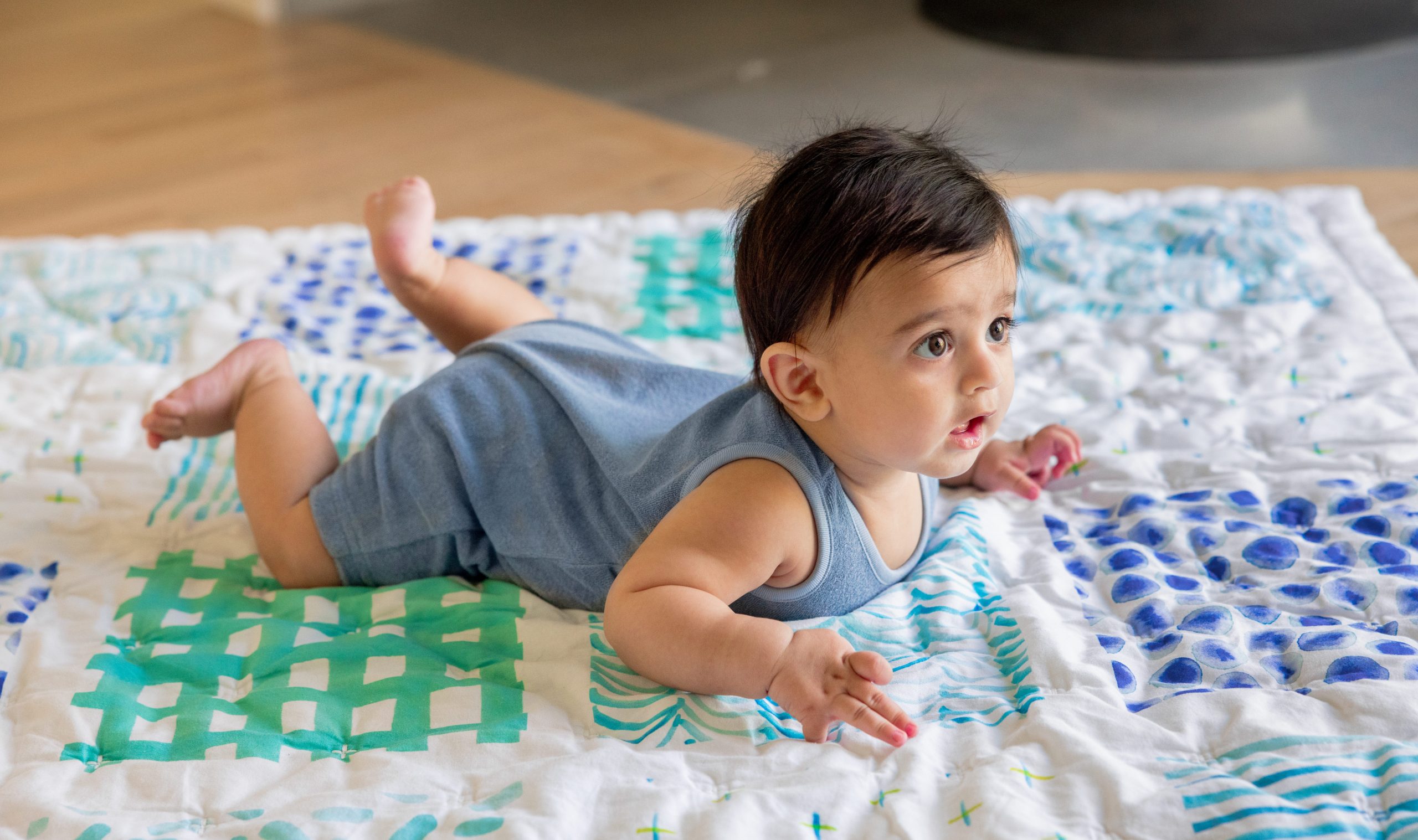
Here are some signs that may indicate a developmental delay:
- Lack of physical milestones: If your baby is not reaching physical milestones, such as sitting up, crawling, or walking, at the expected age range, it may indicate a delay.
- Poor coordination: If your baby has trouble coordinating their movements or seems clumsier than other babies their age, it may be a sign of a delay.
- Difficulty with communication: If your baby is not making sounds, babbling, or communicating with gestures by a certain age, it may be a sign of a delay.
- Limited social interaction: If your baby doesn’t respond to social cues, such as smiling, making eye contact, or reaching for objects, it may indicate a delay.
- Delayed speech: If your baby is not making attempts to communicate verbally or has limited speech compared to other babies their age, it may be a sign of a delay.
- Repetitive behaviors: If your baby engages in repetitive behaviors, such as rocking, flapping their hands, or head-banging, it may be a sign of a delay.
- Avoidance of sensory stimulation: If your baby avoids certain sensory stimuli, such as light, sound, or touch, it may indicate a delay.
It’s important to remember that every baby develops at their own pace, and some delays may be temporary. If you have concerns about your baby’s development, it’s best to consult a pediatrician. They can perform assessments and provide guidance on the best course of action.
7. When do babies sit up on their own?
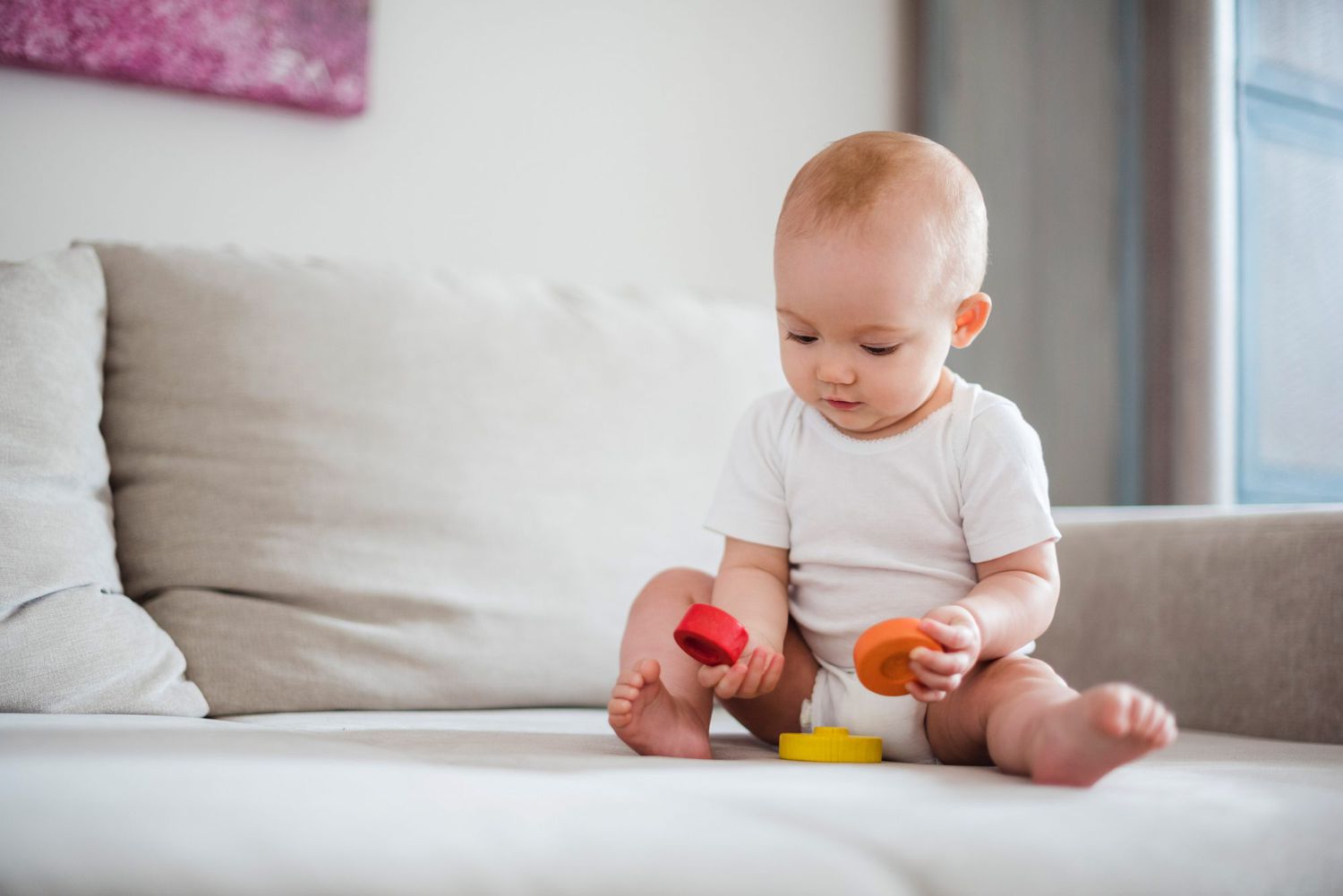
Most babies sit up on their own between 6 and 9 months of age. However, the exact age can vary depending on the individual baby and their development. Some babies may sit up as early as 4 months, while others may not sit up until they are 10 months old. Factors that can influence a baby’s ability to sit up include their physical strength, coordination, and muscle development. It’s important to remember that every baby develops at their own pace and to not compare them to other babies. If you have concerns about your baby’s development, it’s best to consult a pediatrician.
8. Sitting Up And Sleeping Well

Here are some tips to help your baby sit up and sleep well:
- Encourage physical activity: Regular physical activity, such as tummy time and supervised play, can help your baby develop their sitting and coordination skills.
- Use a supportive seat: When your baby is ready to sit up, use a supportive seat that provides back and head support, such as a baby bouncer or a high chair.
- Establish a bedtime routine: A bedtime routine can help your baby feel calm and secure before bedtime. This can include activities such as reading a story, singing a lullaby, or taking a warm bath.
- Encourage independent sleep: Gradually encourage your baby to fall asleep on their own without the need for constant rocking or nursing.
- Place the crib in a safe location: Make sure the crib is in a safe location, away from any hazards such as curtains or cords, and that the mattress is firm and fits snugly in the crib.
- Provide a comfortable sleeping environment: Ensure that your baby’s sleeping environment is comfortable, quiet, and not too warm or cold.
- Avoid over-stimulation before bedtime: Avoid over-stimulating your baby before bedtime, such as playing with toys or watching TV.
Remember, every baby is unique and may have different needs and preferences. If your baby is having trouble sleeping, consult your pediatrician for guidance and advice.
9. The earliest Tips a baby can sit
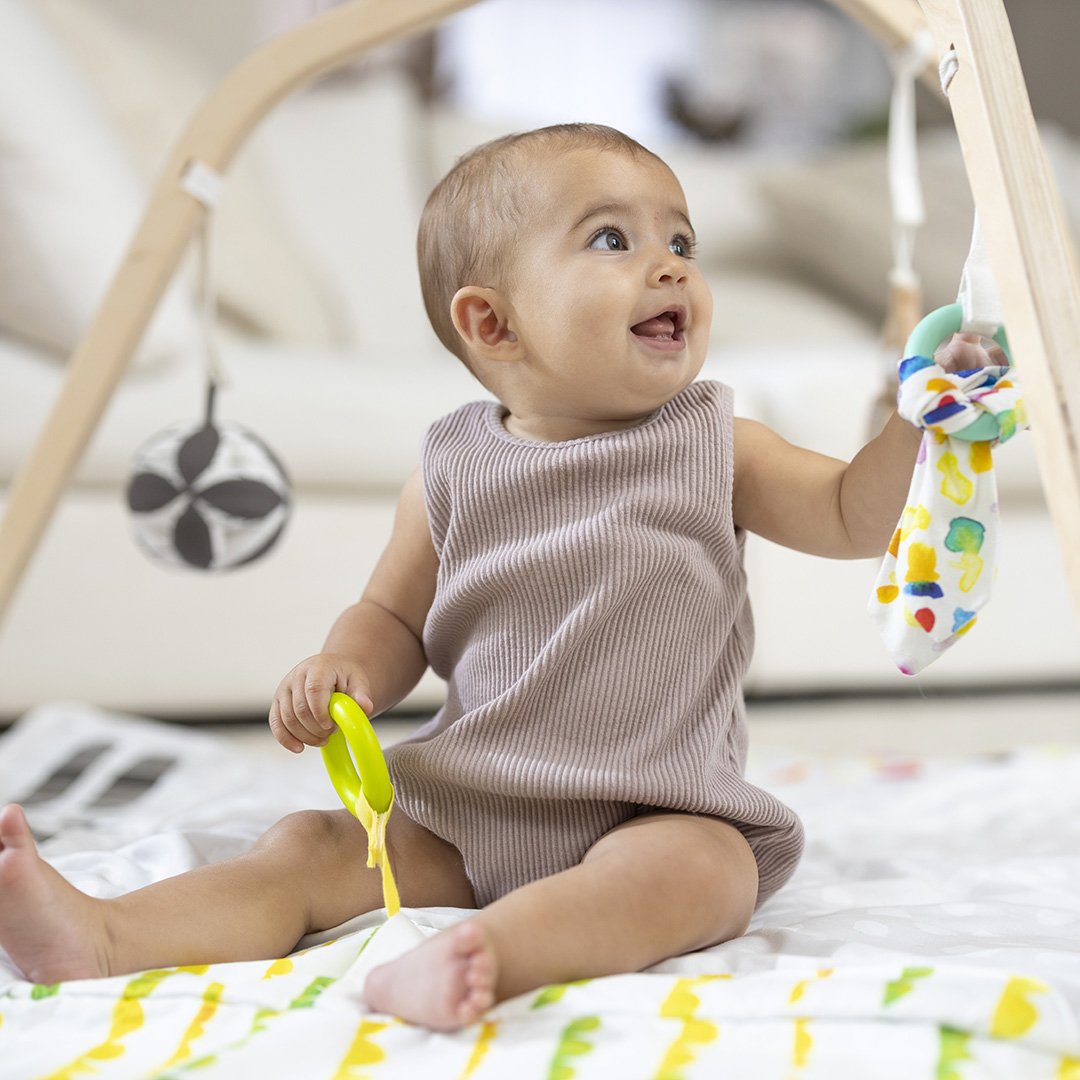
Here are some tips to help encourage your baby’s ability to sit up:
- Tummy Time: Place your baby on their belly for short periods of time each day to strengthen their neck, back, and arm muscles.
- Play with toys: Encourage your baby to play with toys and reach for things while they are on their belly or in a sitting position.
- Supportive seating: Use supportive seating, such as a baby bouncer or a floor seat, to help your baby sit up and maintain their balance.
- Encourage reaching: Place toys out of reach to encourage your baby to sit up and reach for them.
- Physical activity: Encourage physical activity, such as crawling and creeping, to help build strength and coordination.
- Surround with support: When your baby is in a sitting position, surround them with pillows and cushions to provide support and prevent falls.
Remember, every baby is unique and may develop differently. If you have concerns about your baby’s development, it’s best to consult a pediatrician.
10. Conclusion
In conclusion, the earliest a baby can sit up on their own is typically between 6 and 9 months of age. However, every baby develops at their own pace, so it is possible for a baby to sit up as early as 4 months or as late as 10 months old. Encouraging physical activity, providing supportive seating, and playing with toys can help a baby develop their ability to sit up. If you have concerns about your baby’s development, it is always best to consult a pediatrician.
